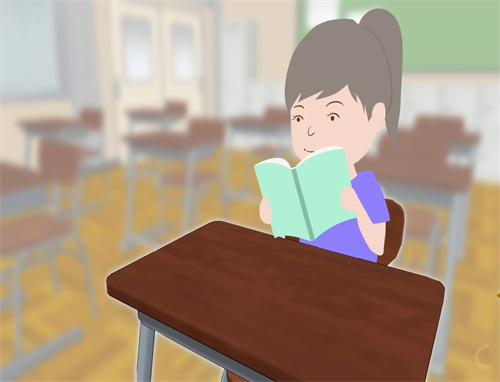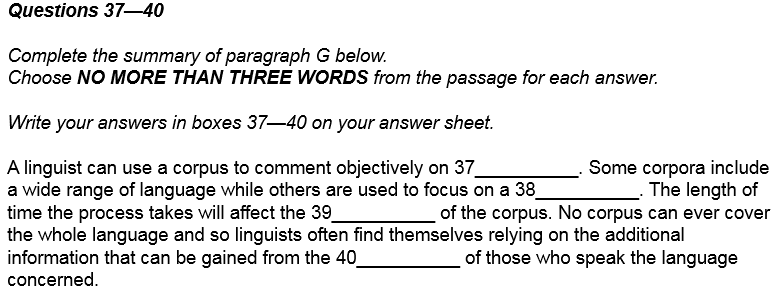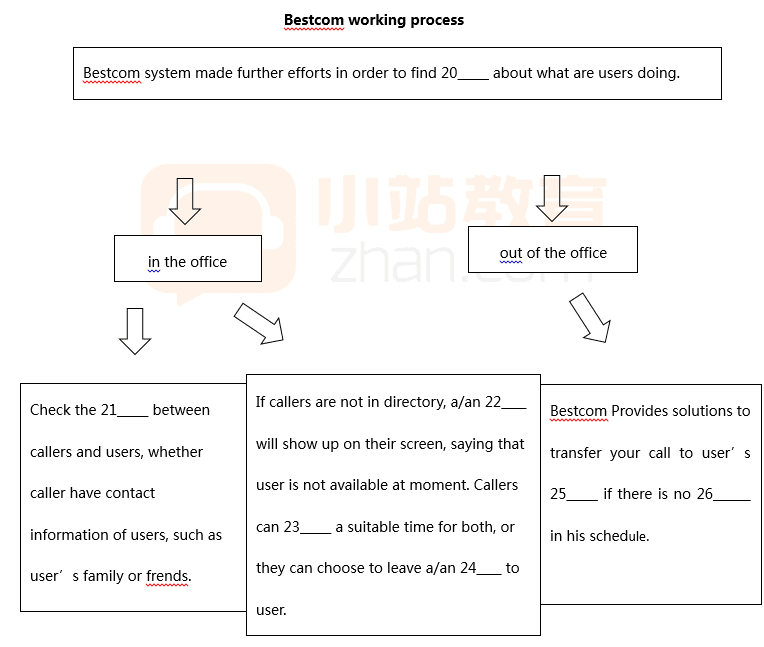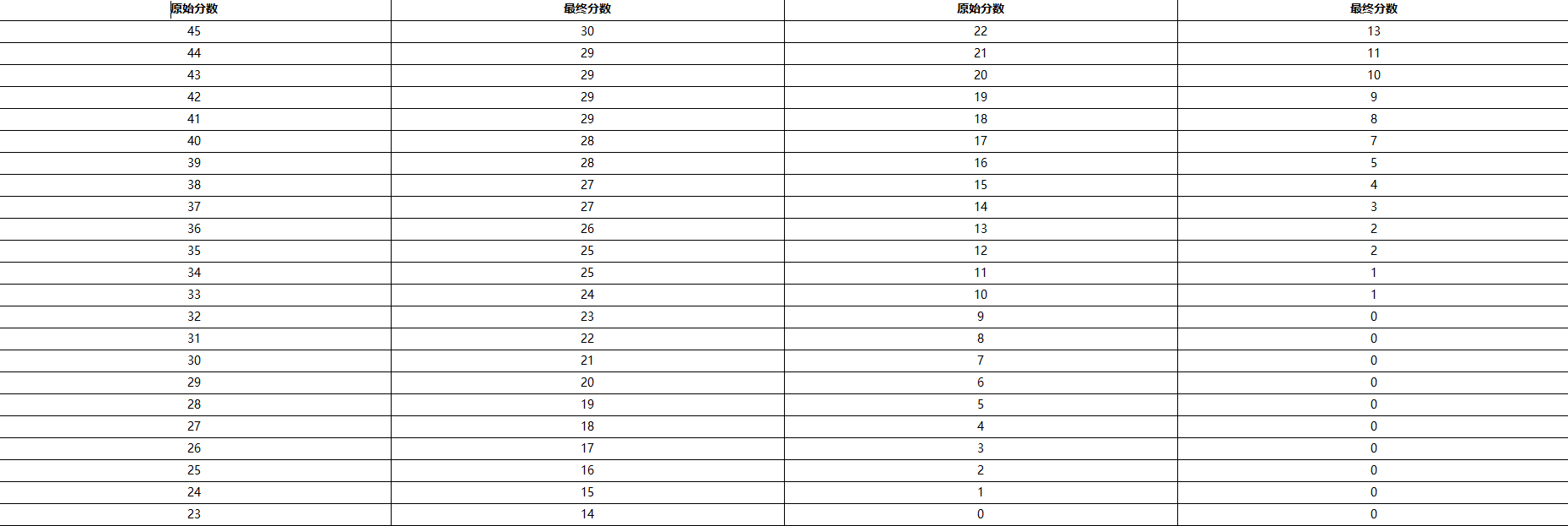托福阅读不同题型审题实用技巧讲解 ,手把手教你快速审题高效解题,下面小编就和大家分享托福阅读不同题型审题实用技巧讲解,希望能够帮助到大家,快来学习一下吧。
托福阅读不同题型审题实用技巧讲解
细节题推断题修辞目的题如何审题技巧
对于托福阅读中的细节题,推断题和修辞目的题,审题是非常关键的。如果考生审题不清晰,或是直接看选项对比原文,很容易会答非所问。而提升这类题型的审题效率需要从两个方面进行强化。一方面是阅读词汇,词汇是基础,掌握了一定量的词汇才能无障碍理解题目;另一方面要注重题目问的是什么,是what,why,where还是which。与此同时要特别注意题目中的逻辑关系,这不仅能帮助我们定位原文细节,还能提升考生对题目的理解能力。
实例讲解
【官方真题Official1】Timberline Vegetation on Mountains中的第三题:Which of the following can be inferred from paragraph 1 about the upper and lower timberlines?
拿到题目后首先看疑问词,问的是which,另外infer出现表示这是一道推断题,这两步骤都可以一扫而过,关键点在about之后,找到要我们推断的点是什么,此题问的是the upper and lower timberlines,and的出现表示是并列结构,也就说下面选项中所推断的信息必须同时符合the upper timberlines 和 the lower timberlines的特征,必须是共同的特征。理解清楚题目后再回原文找the upper timberlines 和 the lower timberlines,找到他们描述的共同点就是答案所在之处了。
托福阅读中无需审题也能解答的题型分析
除了上述审题十分关键的托福阅读题型外,还有一些题型不需要仔细审题,看到题目后直接按照老师所讲解题方式解题。这包括词汇题,指代题(此类题型现在基本不考),句子简化题,句子插入题和全文总结题(6选3)。词汇题和指代题会在原文中标注出考查的单词或词组,我们考试时无需花太多时间读题,只要知道考查的是什么词,直接回原文阅读或直接对比选项。句子简化题,插入题和全文总结题的题干很长,但固定,也就是说这一题型的题干每次都一样。如果每次花时间阅读,费事又不一定理解正确。所以一定在考前学习时先仔细阅读分析句子简化题的题干,理解出题原则和解题要求,牢记于心,考试的时候就无需再花时间阅读题干,直接分析考查的句子即可。
以上就是小编为大家着重讲解的托福阅读不同题型的审题方法技巧,希望能够帮助考生提升审题速度,更快更好地理解题目从而提升解题速度和效率,在托福阅读部分拿到更为理想的成绩。
托福阅读真题原题+题目
By the mid-nineteenth century, the term icebox had entered the American language, but icewas still only beginning to affect the diet of ordinary citizens in the United States. The ice tradegrew with the growth of cities. Ice was used in hotels, taverns, and hospitals, and by someforward-looking city dealers in fresh meat, fresh fish, and butter. After the Civil War (1861-1865),as ice was used to refrigerate freight cars, it also came into household use. Even before 1880, halfthe ice sold in New York, Philadelphia, and Baltimore, and one-third of that sold in Boston andChicago, went to families for their own use. This had become possible because a new householdconvenience, the icebox, a precursor of the modern refrigerator, had been invented.
Making an efficient icebox was not as easy as we might now suppose. In the early nineteenthcentury, the knowledge of the physics of heat, which was essential to a science of refrigeration,was rudimentary. The commonsense notion that the best icebox was one that prevented the icefrom melting was of course mistaken, for it was the melting of the ice that performed the cooling.Nevertheless, early efforts to economize ice included wrapping the ice in blankets, which kept theice from doing its job. Not until near the end of the nineteenth century did inventors achieve thedelicate balance of insulation and circulation needed for an efficient icebox.
But as early as 1803, an ingenious Maryland farmer, Thomas Moore, had been on the righttrack. He owned a farm about twenty miles outside the city of Washington, for which the villageof Georgetown was the market center. When he used an icebox of his own design to transport hisbutter to market, he found that customers would pass up the rapidly melting stuff in the tubs ofhis competitors to pay a premium price for his butter, still fresh and hard in neat, one-poundbricks. One advantage of his icebox, Moore explained, was that farmers would no longer have totravel to market at night in order to keep their produce cool.
1. What does the passage mainly discuss?
(A) The influence of ice on the diet
(B) The development of refrigeration
(C) The transportation of goods to market
(D) Sources of ice in the nineteenth century
2. According to the passage , when did the word icebox become part of the language of the
United States?
(A) in 1803
(B) sometime before 1850
(C) during the civil war
(D) near the end of the nineteenth century
3. The phrase forward-looking in line 4 is closest in meaning to
(A) progressive
(B) popular
(C) thrifty
(D) well-established
4. The author mentions fish in line 4 because
(A) many fish dealers also sold ice
(B) fish was shipped in refrigerated freight cars
(C) fish dealers were among the early commercial users of ice
(D) fish was not part of the ordinary person's diet before the invention of the icebox
5. The word it in line 5 refers to
(A) fresh meat
(B) the Civil War
(C) ice
(D) a refrigerator
6. According to the passage , which of the following was an obstacle to the development of the
icebox?
(A) Competition among the owners of refrigerated freight cars
(B) The lack of a network for the distribution of ice
(C) The use of insufficient insulation
(D) Inadequate understanding of physics
7. The word rudimentary in line 12 is closest in meaning to
(A) growing
(B) undeveloped
(C) necessary
(D) uninteresting
8. According to the information in the second paragraph, an ideal icebox would
(A) completely prevent ice from melting
(B) stop air from circulating
(C) allow ice to melt slowly
(D) use blankets to conserve ice
9. The author describes Thomas Moore as having been on the right track (lines 18-19) to indicate
that
(A) the road to the market passed close to Moore's farm
(B) Moore was an honest merchant
(C) Moore was a prosperous farmer
(D) Moore's design was fairly successful
10. According to the passage , Moore's icebox allowed him to
(A) charge more for his butter
(B) travel to market at night
(C) manufacture butter more quickly
(D) produce ice all year round
11. The produce mentioned in line 25 could include
(A) iceboxes
(B) butter
(C) ice
(D) markets
PASSAGE 1 BBACC DBCDA B
托福阅读不同题型审题实用技巧讲解相关文章:
★ 2020中考历史实用答题技巧分享
托福阅读不同题型审题实用技巧讲解
,手把手教你快速审题高效解题,下面小编就和大家分享托福阅读不同题型审题实用技巧讲解,希望能够帮助到大家,快来学习一下吧。托福阅读不同题型审题实用技巧讲解细节题推断题修辞目的题如何审题技巧对于托福阅读中的细。下面小编给大家分享托福阅读不同题型审题实用技巧讲解,希望能帮助到大家。 托福阅读不同题型审题实用技巧讲解文档下载网址链接:
上一篇:托福阅读原来这些地方都可能是考点






